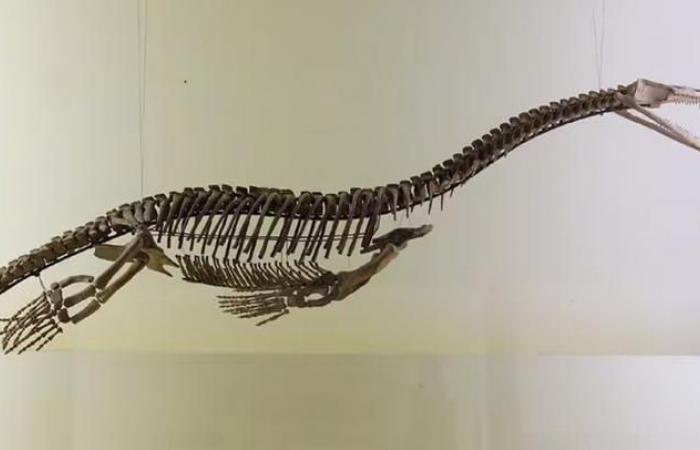
An international team of scientists, under the guidance of researchers from the Museum of Evolution at Uppsala University in Sweden, recently found what is considered the oldest fossil of a marine reptile in the southern hemisphere. The discovery consists of the location of a vertebra extracted from a rock deposited in the bed of a stream near Mount Harper, on the South Island of New Zealand, and according to specialists, it will provide new information about the first marine reptiles that once inhabited in that part of world geography. According to the review of the discovery, published in the academic journal Current Biology, the fossil corresponds to a notosaur, belonging to the sauropterygian family, and is forty million years older than those of that species, known in the southern hemisphere. …
——————————————————————————————————————————————-
Based on the output of the models and the criteria of the specialists, for the month of July the occurrence of accumulated rainfall higher than the historical average is expected in the three regions of the country, while the maximum and minimum temperatures should be above the historical average, reported the Climate Center of the Institute of Meteorology. As the perspectives on the behavior of these variables show for the seventh month of the calendar, there is a high probability that a new La Niña – Southern Oscillation (Aenos) event will develop between July and August, a factor that, together with the notable warming of the sea surface observed throughout the tropical Atlantic, supports the projections stated by the seasonal forecasts that the current cyclonic season will be very active…
——————————————————————————————————————————————-
A study led by the University of Cádiz and the Institute of Marine Sciences in Barcelona, attached to the Higher Council for Scientific Research of Spain, confirmed that, with the use of advanced computer technologies, it was possible to detect from space, through the analysis of some 300,000 images taken over six years by the European Copernicus Sentinel-2 satellite, the presence of large accumulations of garbage in the Mediterranean Sea and monitoring its movement. According to the results published in the academic journal Nature Communications, the above made it possible to draw up a map of the most polluted areas of the Mediterranean, and obtain revealing data on the mechanisms that influence the transportation of the aforementioned waste, among which the significant amount of floating plastic.

